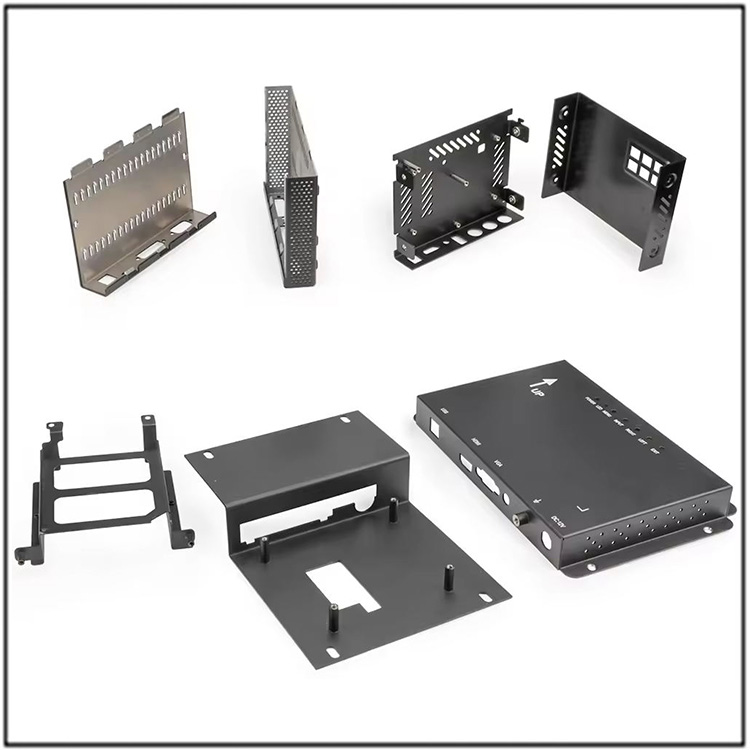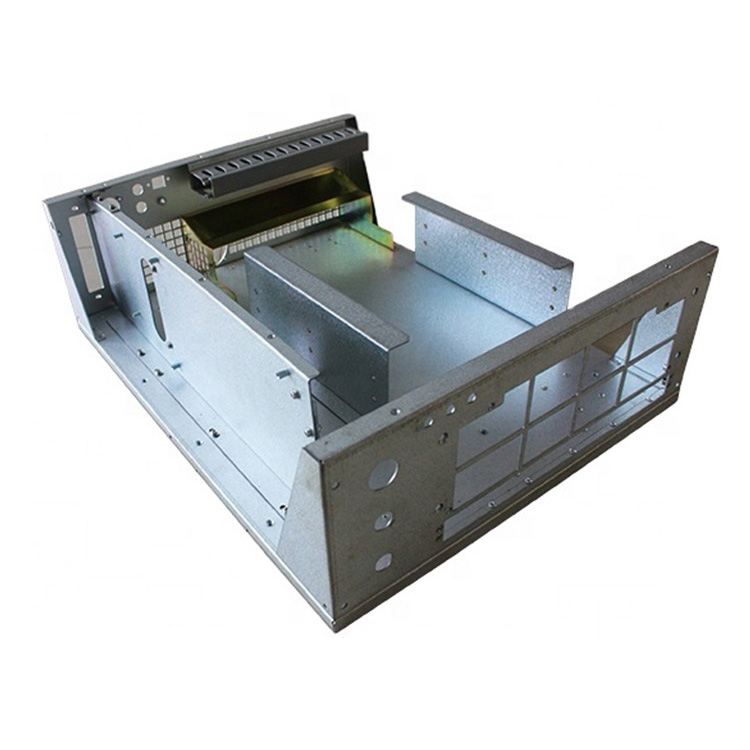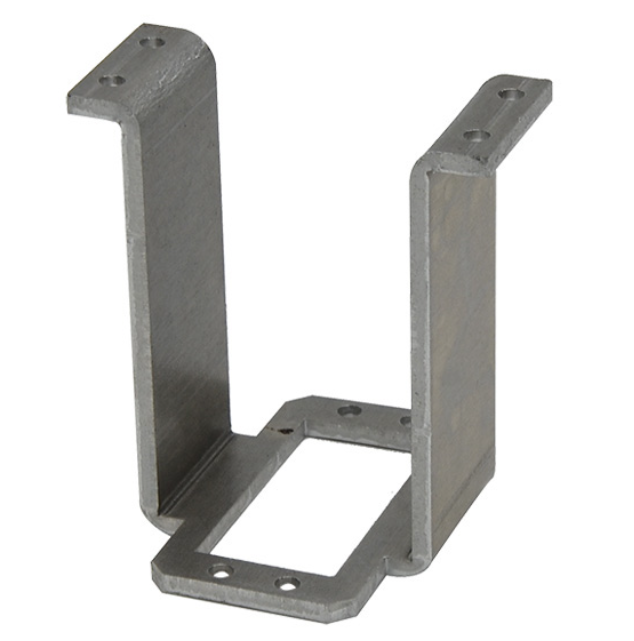
Factors Affecting The Dimensional Accuracy of Stamped Parts
The dimensional accuracy of stamped parts refers to the difference between the actual size of the stamped part and the design size. The smaller the difference, the higher the accuracy. In an ideal situation, the size of the dropped part is the same as the size of the concave die edge, while the size of the punched part is the same as the size of the convex die edge. In fact, due to the force exerted on the workpiece during punching, there is a certain degree of elastic deformation. After punching is completed, the workpiece will undergo elastic recovery, resulting in a mismatch between the size of the dropped part and the size of the concave die edge, and the size of the punched part and the convex die edge, which affects the dimensional accuracy of the stamped part.
There are many factors that affect the dimensional accuracy of stamped parts, such as punching clearance, die manufacturing accuracy, material properties and thickness, shape and size of stamped parts, among which the main factor is punching clearance. When the gap between the convex and concave molds is too large, the material is subjected to a greater stretching effect during the punching process, resulting in greater stretching deformation.
After the punching process is completed, the elasticity of the material recovers, resulting in a reduction in the size of the dropped parts and an increase in the size of the punched parts. When the gap is too small, compression deformation occurs due to the material being squeezed by convex and concave molds. After punching, the elastic recovery of the material causes the size of the dropped parts to increase, while the size of the punched parts decreases. The dimensional accuracy of stamped parts is also related to the properties and thickness of the material. Due to the properties of the material, the elastic deformation of the sheet metal during the punching process is directly determined. Soft materials have smaller elastic deformation and smaller elastic recovery after punching, resulting in higher precision of the workpiece. Hard materials have larger elastic deformation and greater elastic recovery after punching, leading to lower precision of the workpiece. When punching thin materials, the elastic arch bending is larger and the elastic recovery is also greater, resulting in lower precision of the workpiece.
In addition, dimensional accuracy is also related to the shape and size of the parts. The larger the size and more complex the shape of the part, the more difficult it is to adjust the mold manufacturing, and the gap between the molds is not easy to ensure uniformity, so the size deviation is greater. The influence of the above factors on the dimensional accuracy of stamped parts is discussed under the premise of a certain precision in mold manufacturing. If the manufacturing accuracy of the mold blade is low, the accuracy of the punched parts cannot be guaranteed. Therefore, the manufacturing tolerance of convex and concave die blade dimensions should be determined according to the dimensional accuracy requirements of the workpiece.










